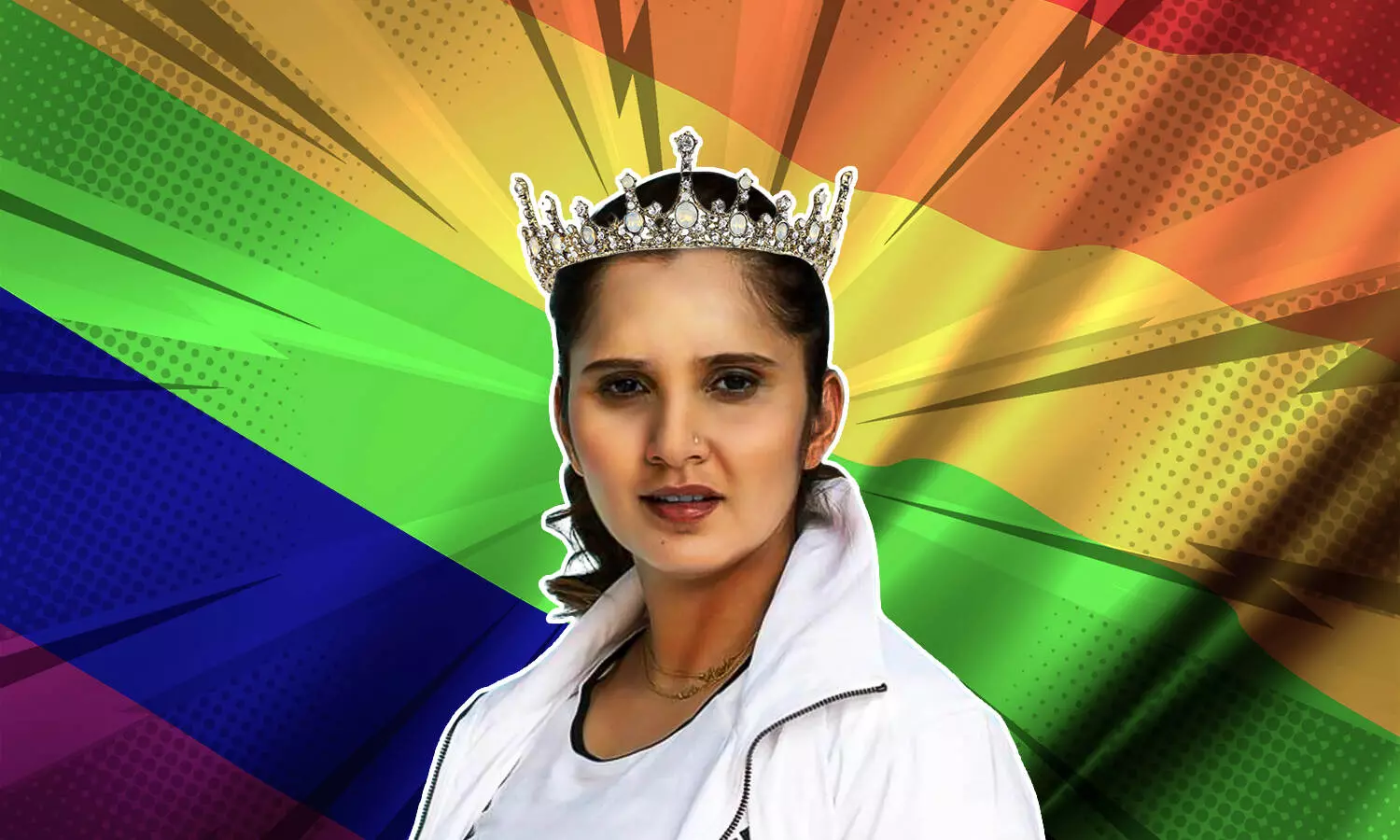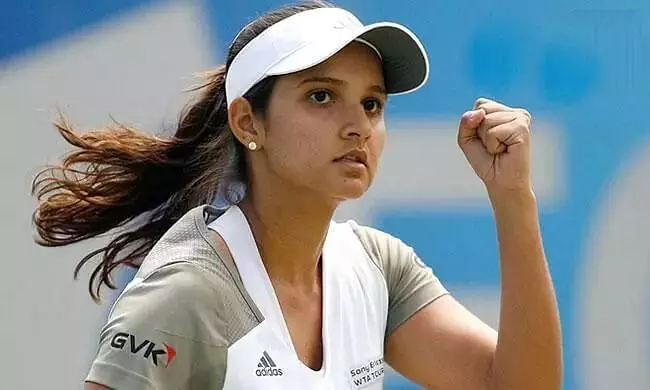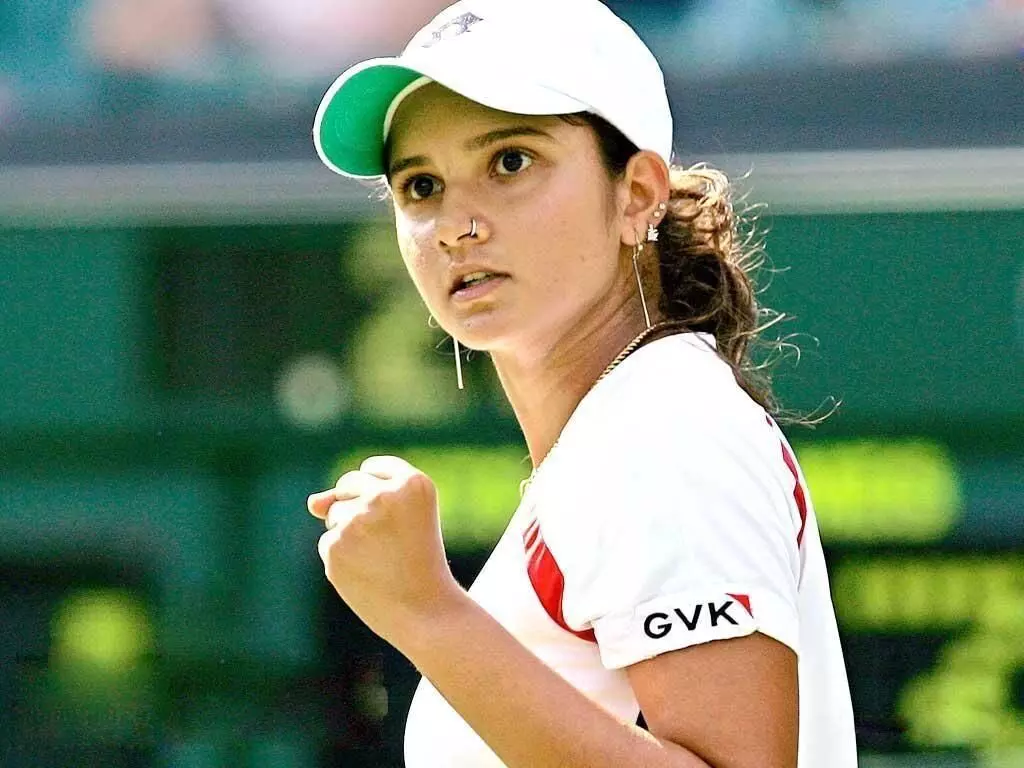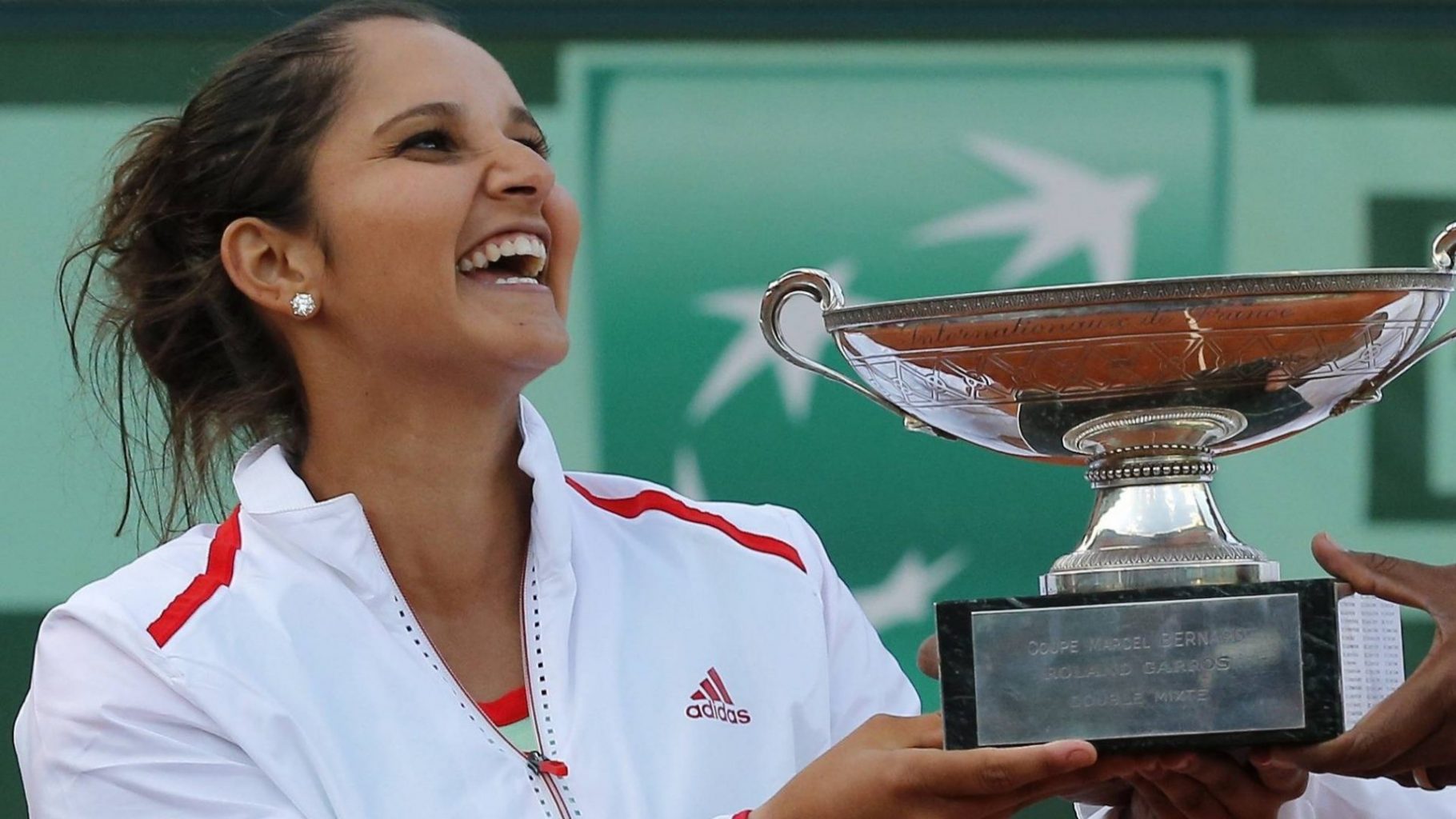Tennis
When a rebel was born: Celebrating Sania Mirza, my queer-feminist icon
A fan pays a tribute to Sania Mirza, whose public presence was all the courage the writer needed to be assertive about identity.

Sania Mirza was the first female Indian to be seeded in a Grand Slam at the 2006 Australian Open.
By 2003, Madhuri Dixit had already moved to the US, and I didn't know who else to look up to. I had been reading about a "tennis sensation," and just happened to watch the last few games of the 2005 Hyderabad Open final. Call it a chance coincidence.
I knew I had found my idol; someone who was being desired and loved. But Sania Mirza was nothing like Madhuri. After all, Madhuri barely did any action scenes until then. She was largely the damsel in distress, unlike Sridevi who punched those goons in Chaalbaaz and so many other Bollywood films. Sridevi and Madhuri were contemporaries and my femme pre-teenage self had settled on the latter.

But as a 15-year-old with no knights looking out for you, being the damsel was no longer an option. I had to be more assertive. Usually, sports are not the obvious choice for queer icons, unless you think of Dutee Chand's spectacular fight against gender test rules in athletics or her coming out story.
READ | Love is a feeling you can feel for anyone — India's first openly gay athlete Dutee Chand
When I would enquire about live scores, my classmates in school would be amused, "You are into tennis? Really?"
Well, I wasn't.
Even today, I can barely play badminton or run for a mile. But they didn't follow Sania, they didn't know what it is to see an Indian woman hit those forehands against Venus Williams or Svetlana Kuznetsova and play to the galleries… to be that aggressive and be desired as well.
A rebel was taking the country by storm, "You can either agree with me or be wrong."
A new queen is crowned

My parents couldn't afford a cable connection, and often I had to rely on newspapers or my uncle's television to keep track of Sania's matches. He would ask me patronizingly, "Kichu bujhis adou?" ("Are you even getting it?").
Well, I wasn't, at least not in 2005. But I fiercely defended my queen every time a commentator found fault with her footwork, or my uncle scoffed at her 1-6 0-6 loss to Martina Hingis at Kolkata in 2006.
That next week, when Sania avenged her loss, 4-6 6-0 6-4, I rushed to my uncle's room with the newspaper. My icon had justified my trust in her. She was worthy of my devotion.
The onus of being 'different'

You may wonder if Sania identifies as the queer icon I worship her for. Does it matter, the whole technical, political correctness of it?
Did those boys who bullied me every day in school recognize my queerness? I am sure that they did. If queer is about being different, and not fitting in, both Sania and I are queer.
However, unlike me, she was being celebrated for being non-normative, for not following the rules. Be it the nose-ring or her unabashed frankness about pre-marital sex, or the sheer ability to overpower her opponents, on and off-court, I drew heavily from Sania's sassiness.
Usually, tennis fans are not very invested in doubles or mixed doubles but it's different in India. Every time, I saw Sania return the male player's serve with interest in a mixed doubles match, much to his disbelief, I would pump my fist and scream, "C'mon!".
READ | 'I have zero regrets, only nostalgia' — Sania Mirza counts down to her farewell
I secretly hoped that I would have such a weapon to respond to all those name-callings and tugging at my shirt. I was too scared and shy to understand my desires, sexual or otherwise. Thanks to Sania, I learnt how to be outspoken by the time I left school for good.
When Sania was targeted for her religion, and later for marrying Shoaib Malik, I waged a war against random misogynists.
While most people know that she faced a lot of criticism from Muslim clerics, Indian news media tends to ignore that following the first two years on the WTA Tour (2005-06), the main vitriol came from nationalists trying to police her body and question her commitment to the nation.
It is easy to trace most of these hate messages to Hindutva trolls who cannot accept the idea of a Muslim superstar. And yet, following the year 2006, Sania has barely spoken about her faith in front of the media.
Sania Mirza - the feminist icon
In the process of achieving so much success and fame, Sania Mirza also became more mainstream. Back in 2015, I had convinced my English professor to allow me to write a final assignment essay that argued that Sania's celebrity status has been sustained at the cost of making her more secular and national. But armchair critics like me neither face trolls on Twitter nor are forced to give in to certain expectations from the government.
Sania's 'celebrification,' and longevity indicate that there are ways in which a sportsperson can disidentify with the violent nationalism exhibited by quite a few of her colleagues and become a rare inspiration not only for cis women but also for non-binary people like me.
Rebels don't retire

As performance studies scholar José Esteban Muñoz has argued, this is a strategy that minority subjects often must use to survive in a phobic sphere. Thus, while Sania has cis privilege, as a Muslim woman celebrity in a Hindu majoritarian nation, her media presence, including her self-fashioning on social media, pushes me to see and identify with her non-normativity.
It doesn't matter that the legend will not play after 2022. She is very much an integral part of the kind of person that I am today. Aggressive and gorgeous.
I may not be able to quote Stuart Hall on popular culture, but I can surely recollect every match that Sania and Hingis have ever played on the WTA tour from 2015-16. Now, at the age of 32, stuck here in the US, I watch her recorded matches on a loop as if it was only a week back when Santina won that historic Wimbledon doubles final.
It's true that misogyny and Islamophobia mark my country's everyday reality. It is especially unhinged in the current regime. But bigots come and go. Rebels never retire.
(The writer is a tennis fan and a PhD student in the University of Iowa)
